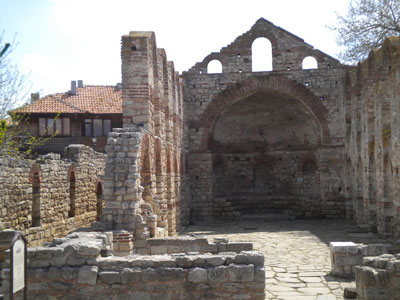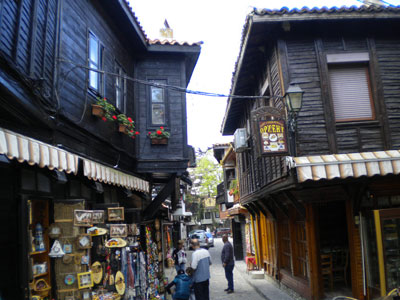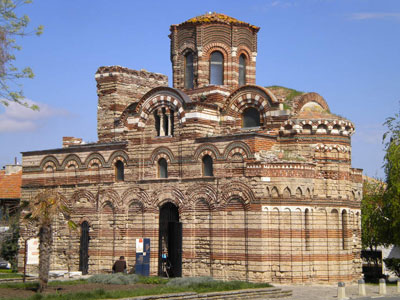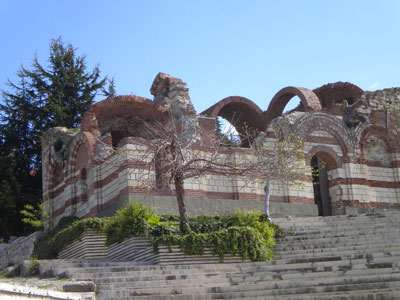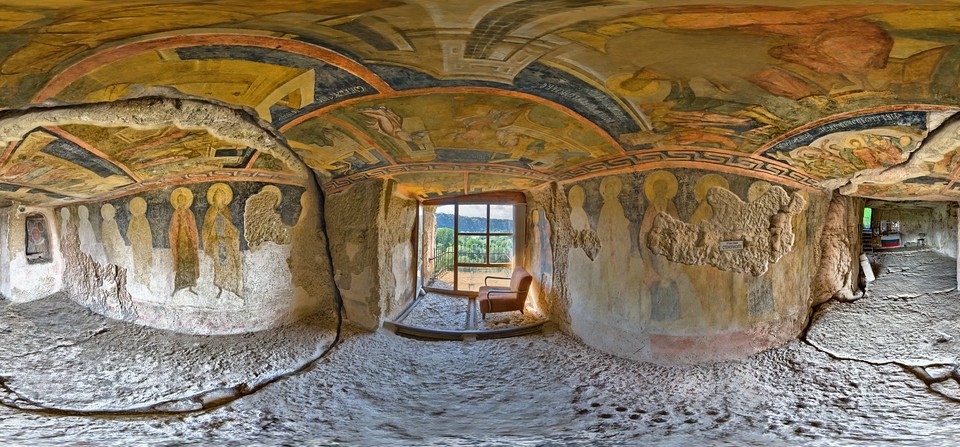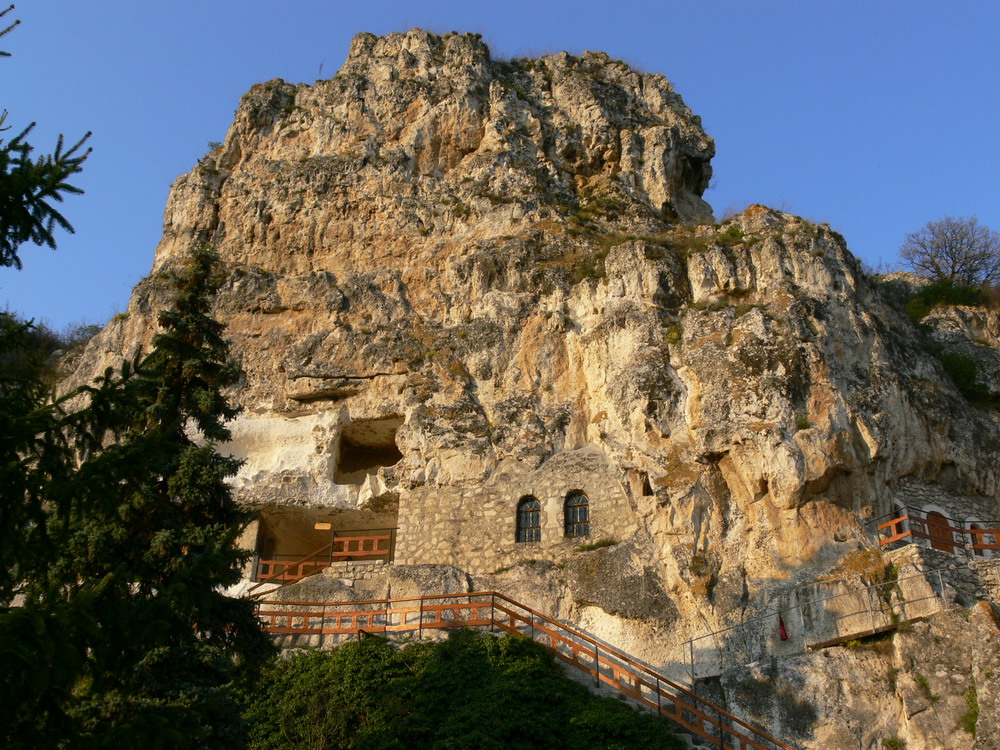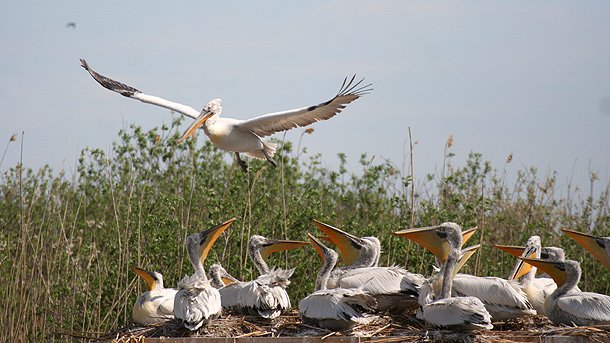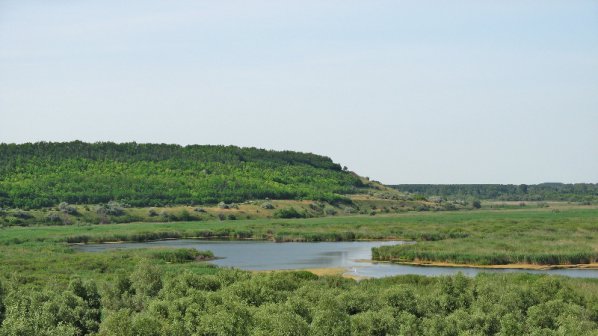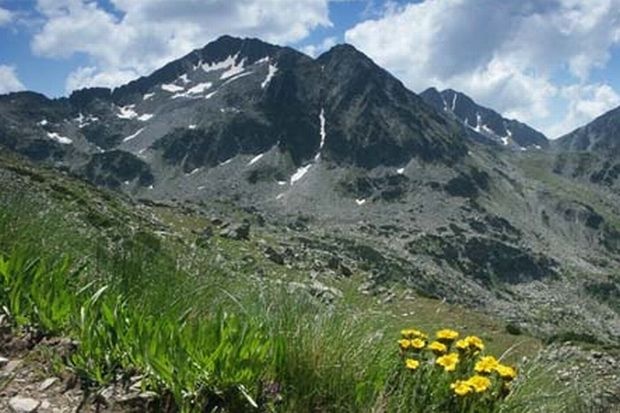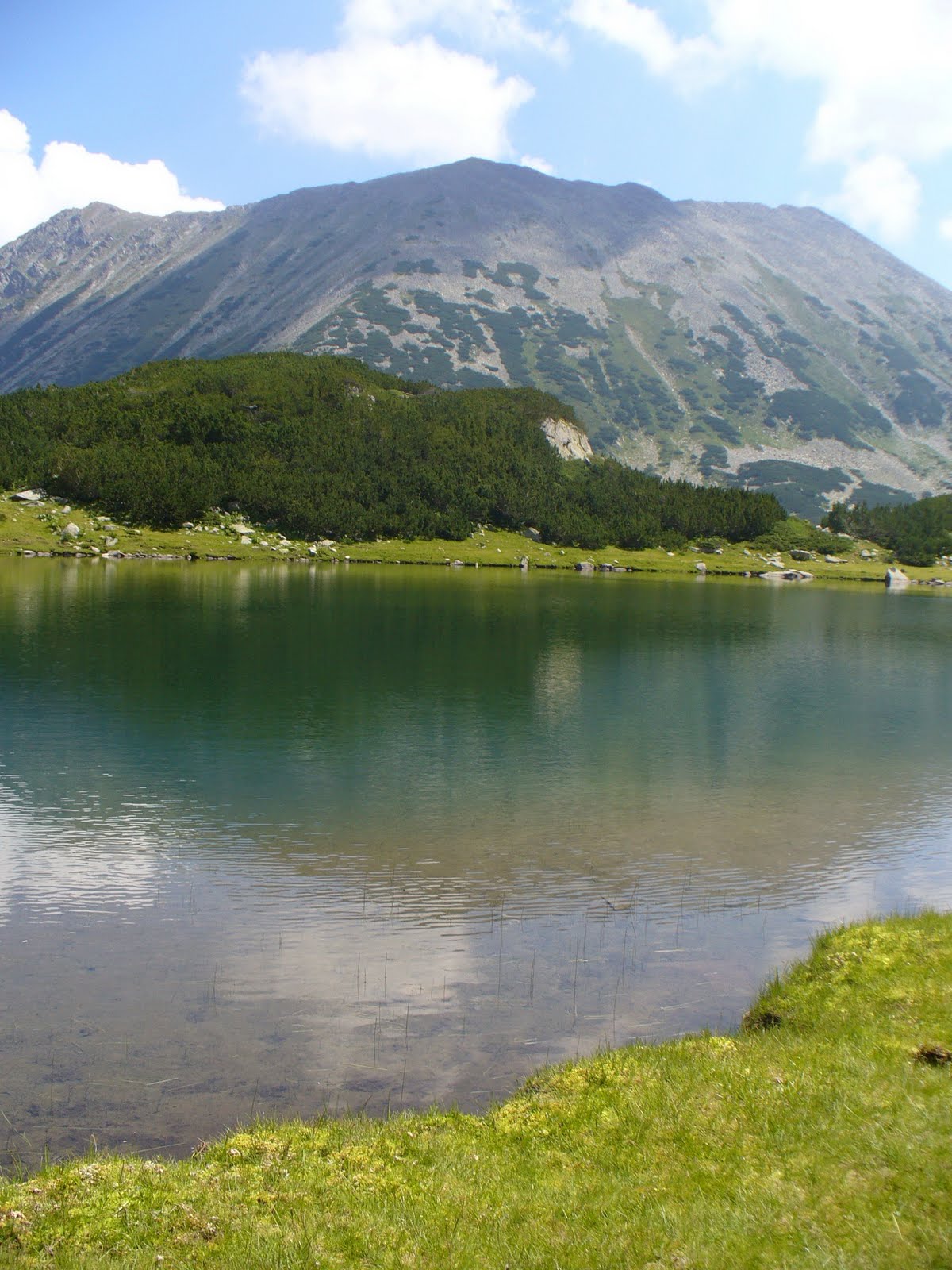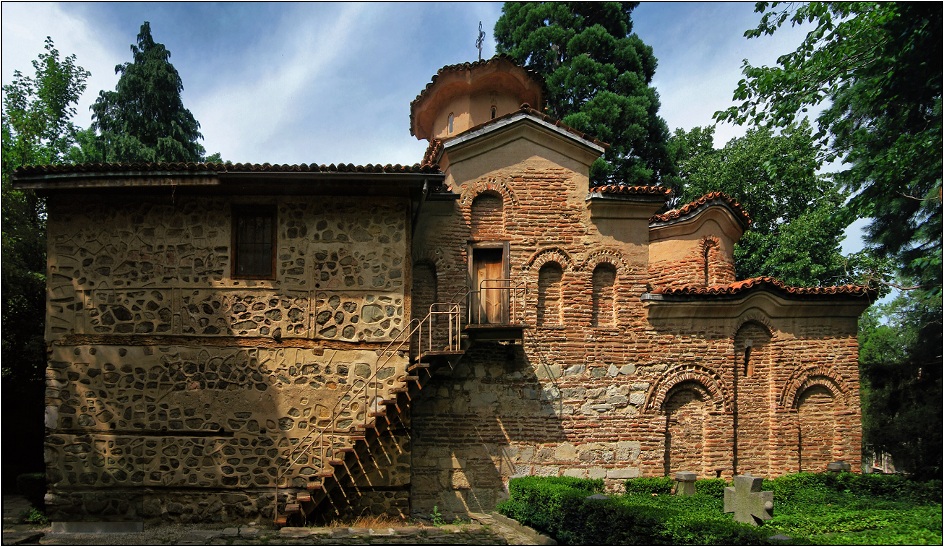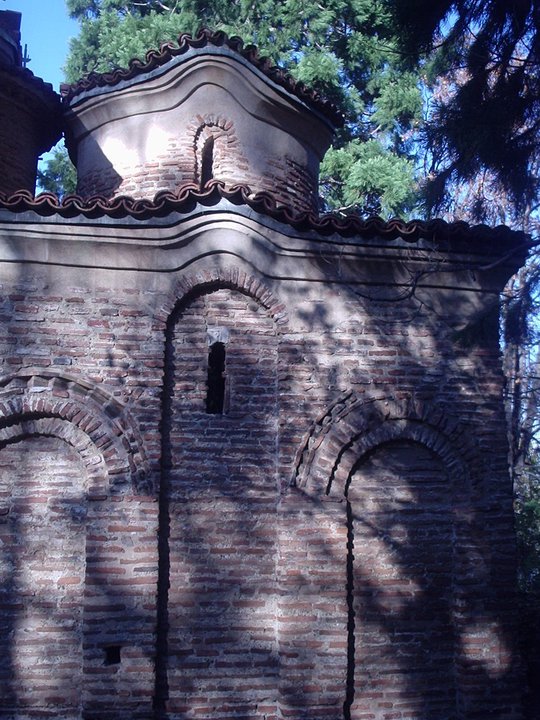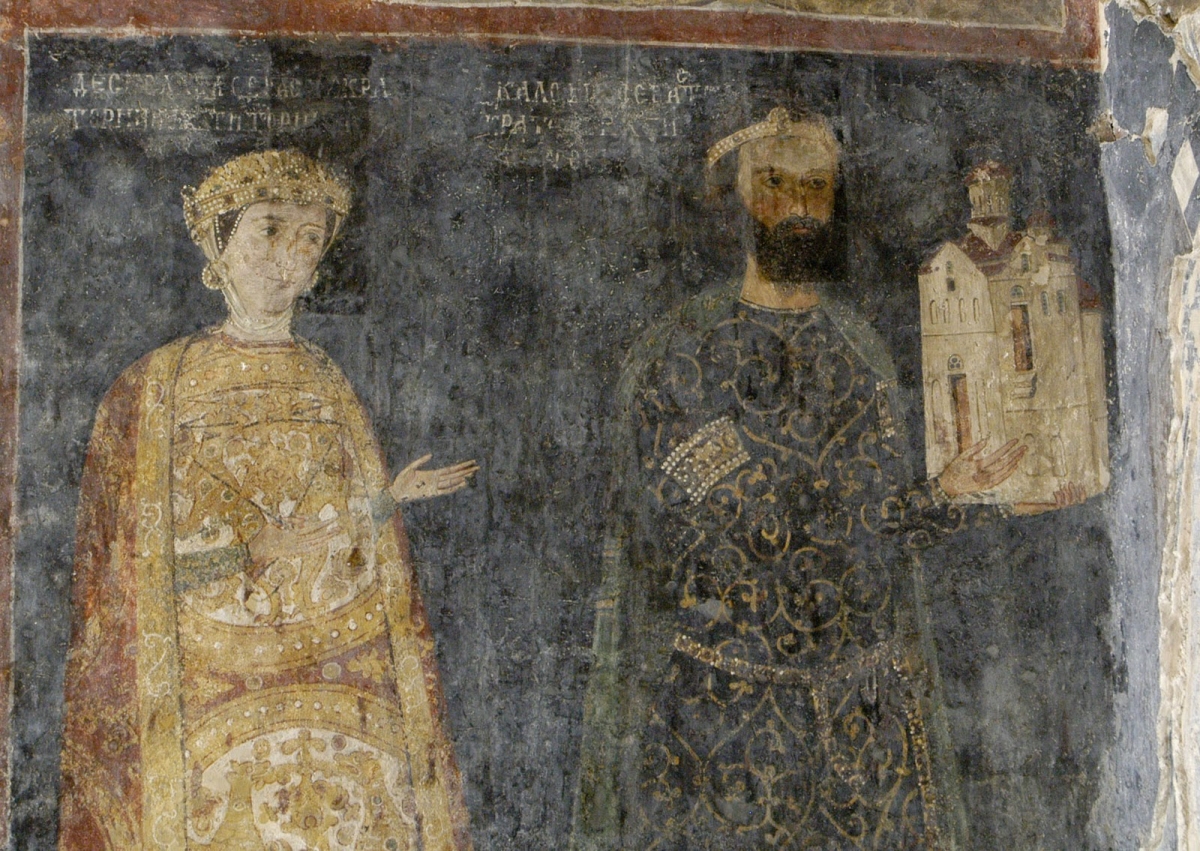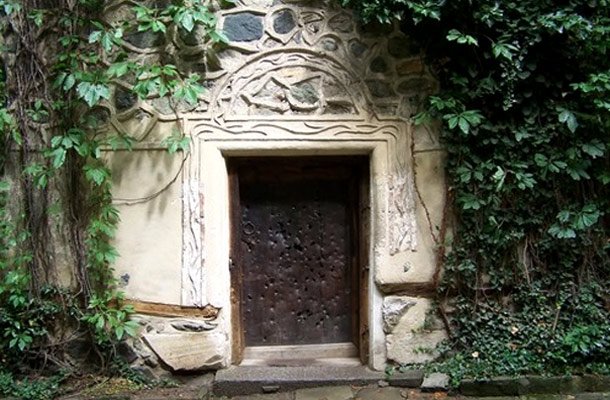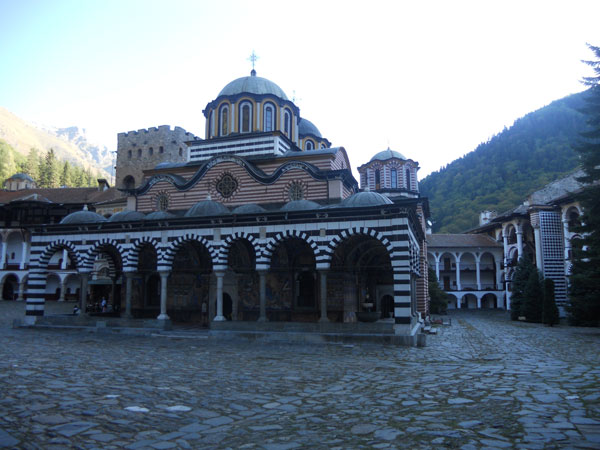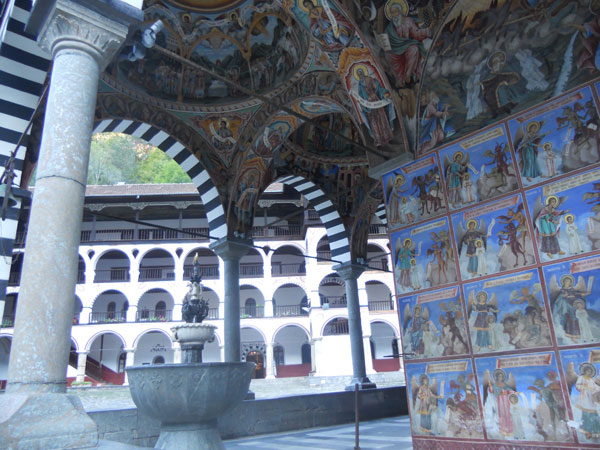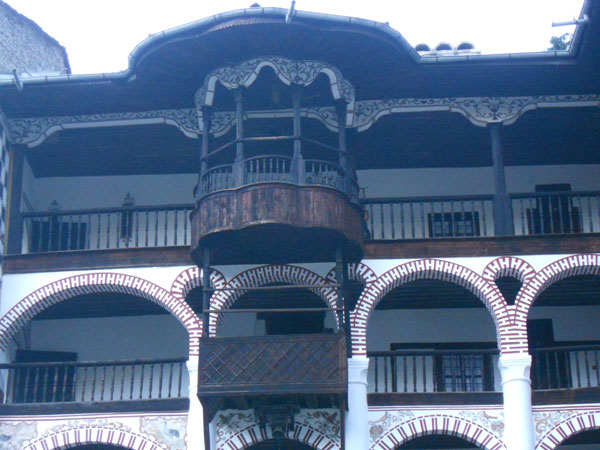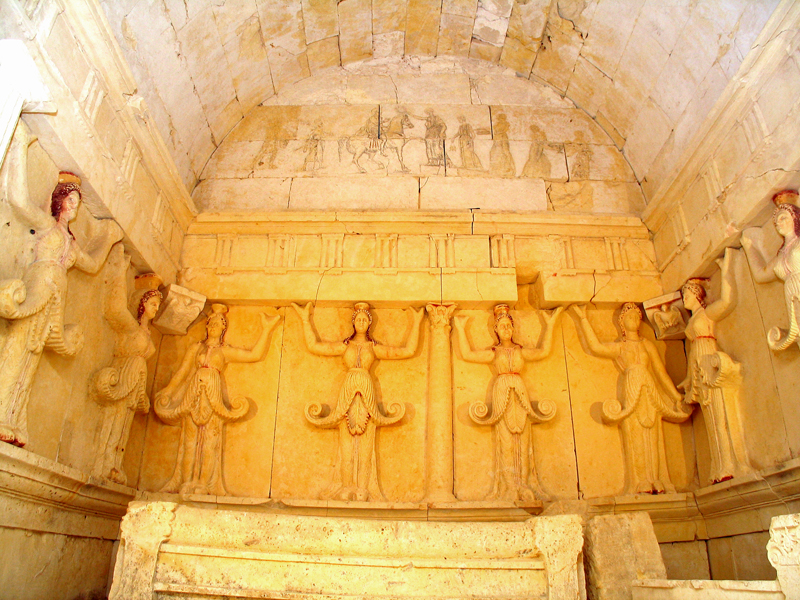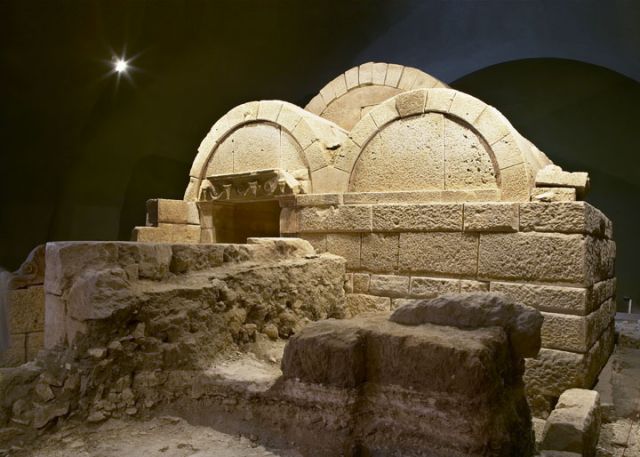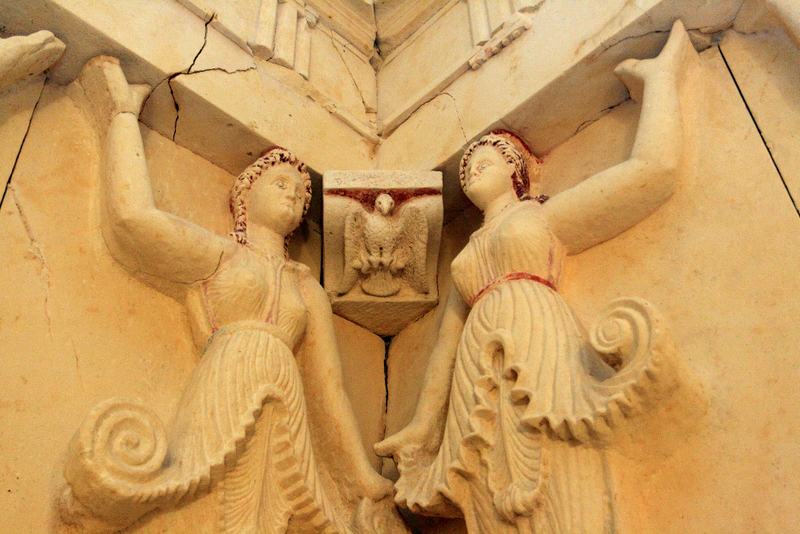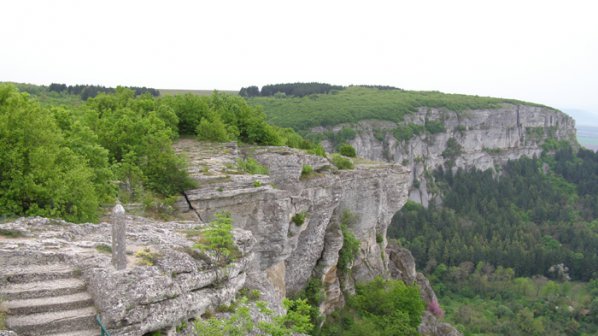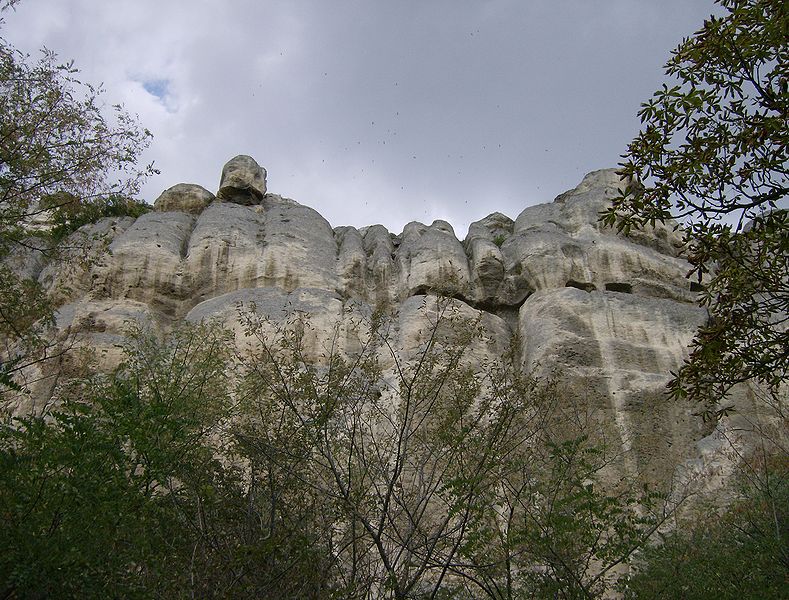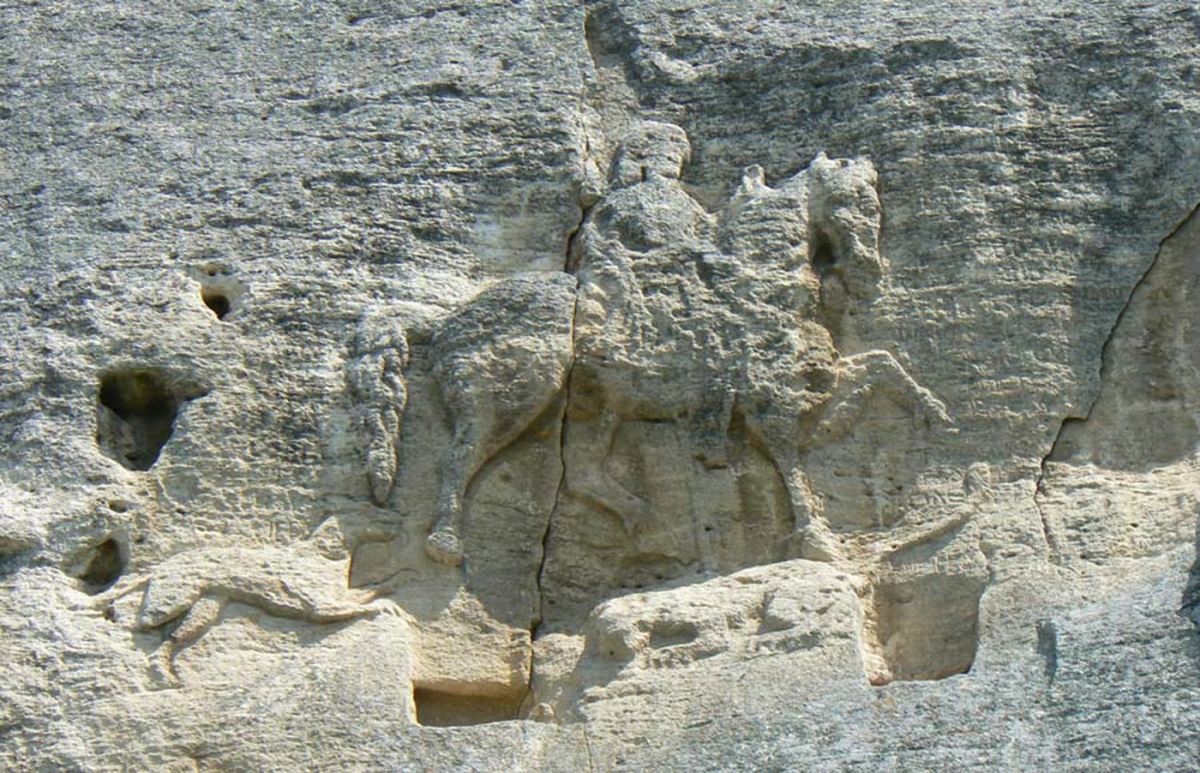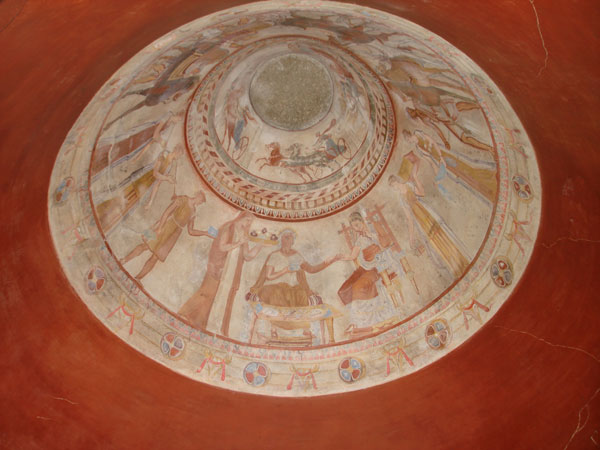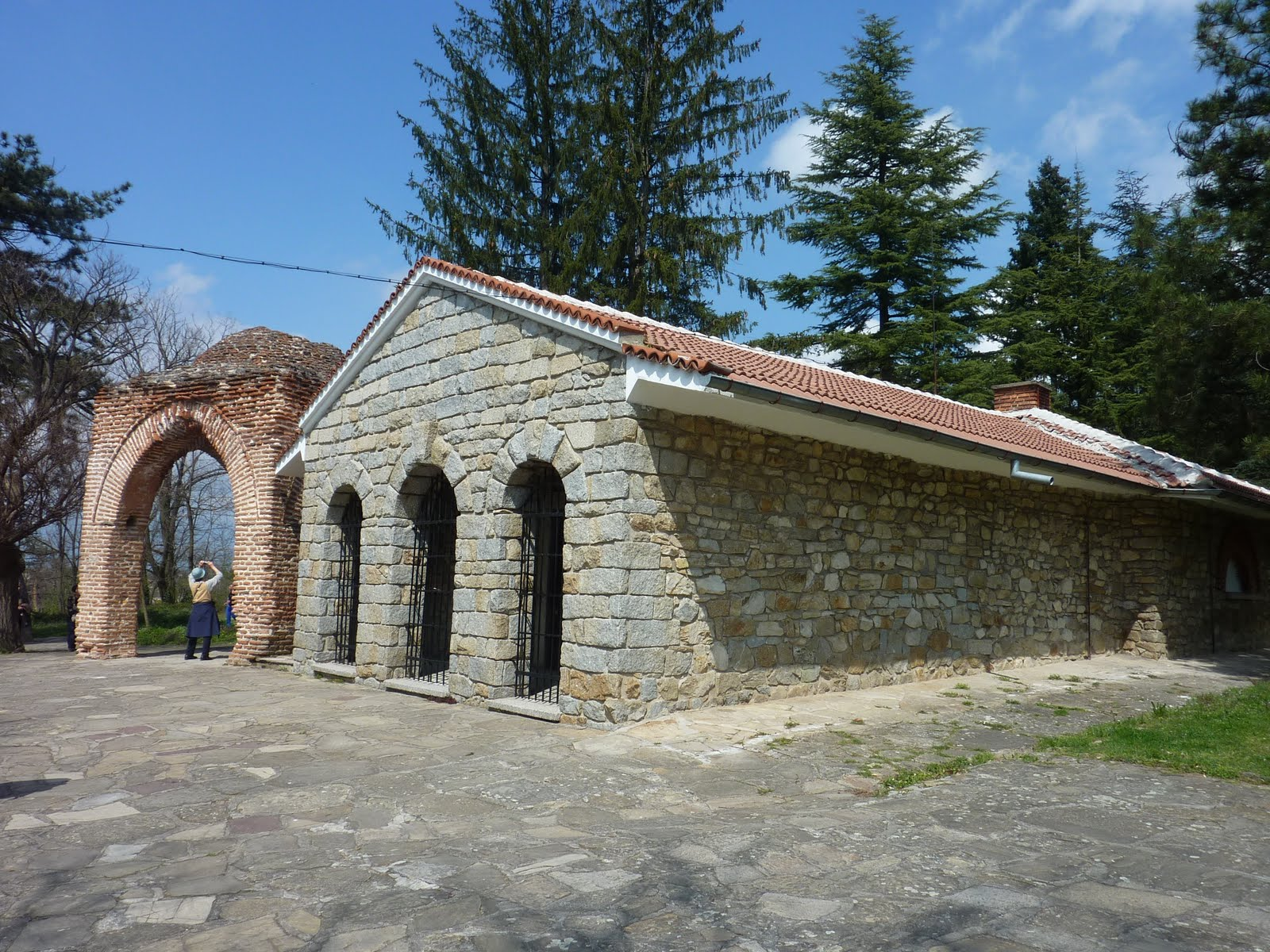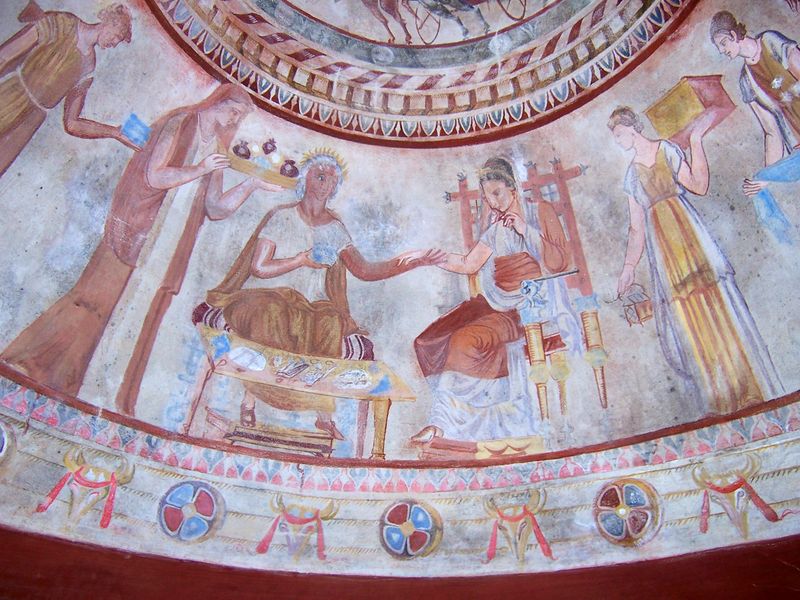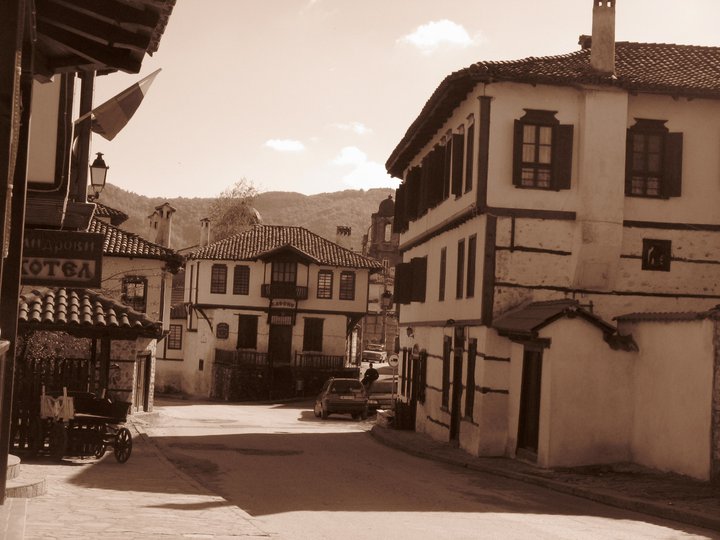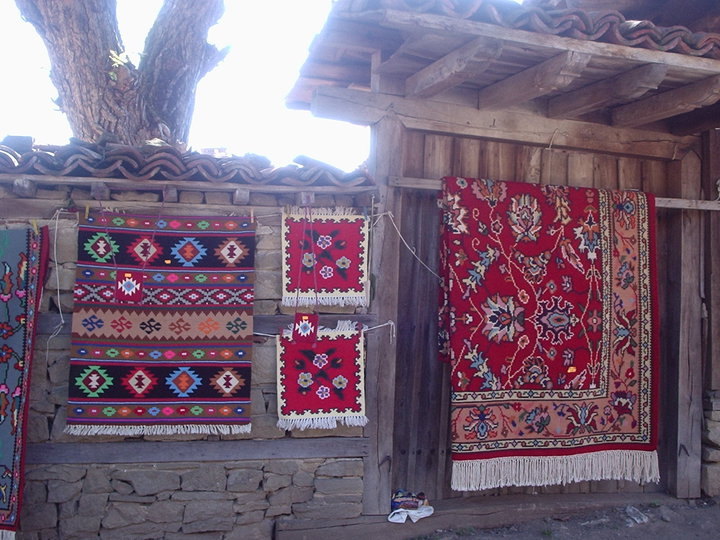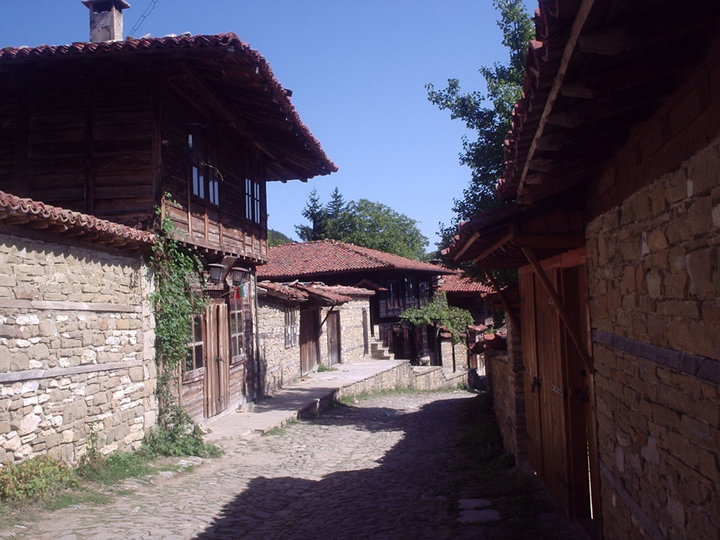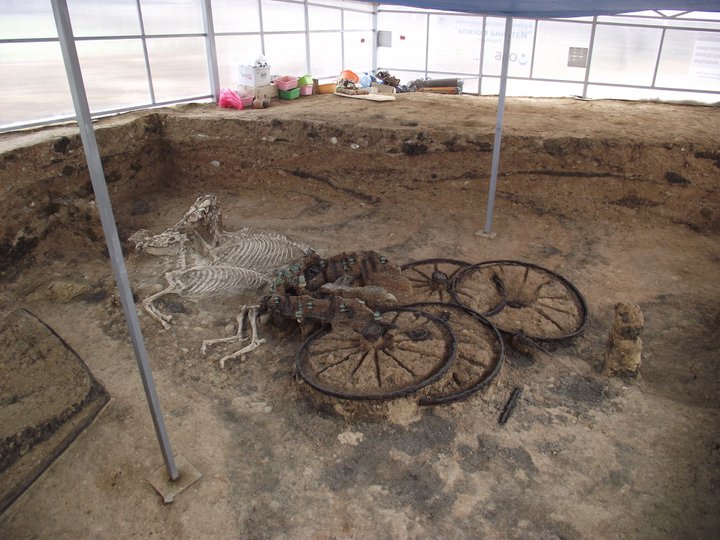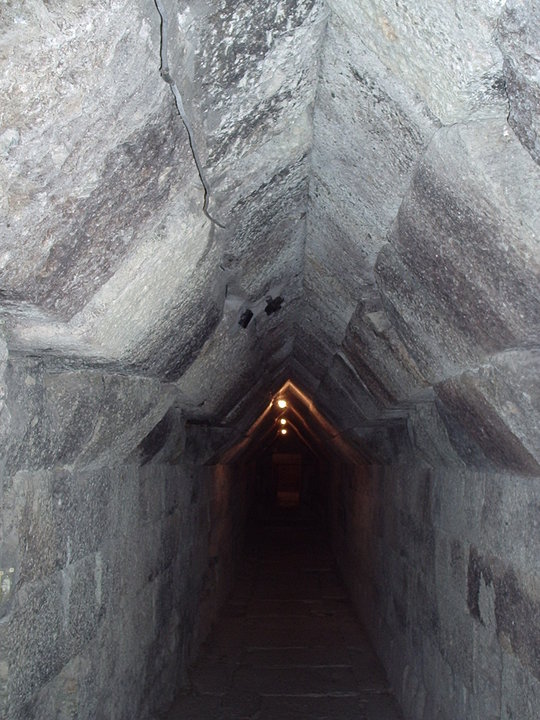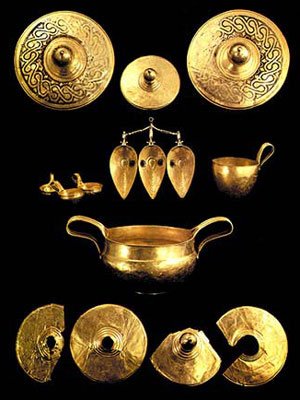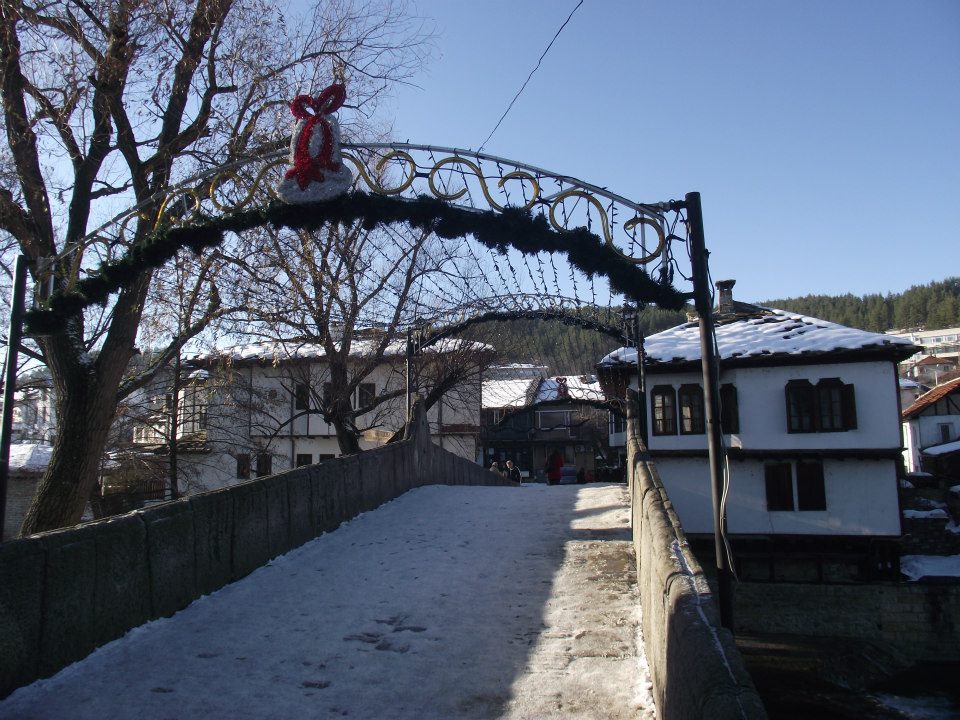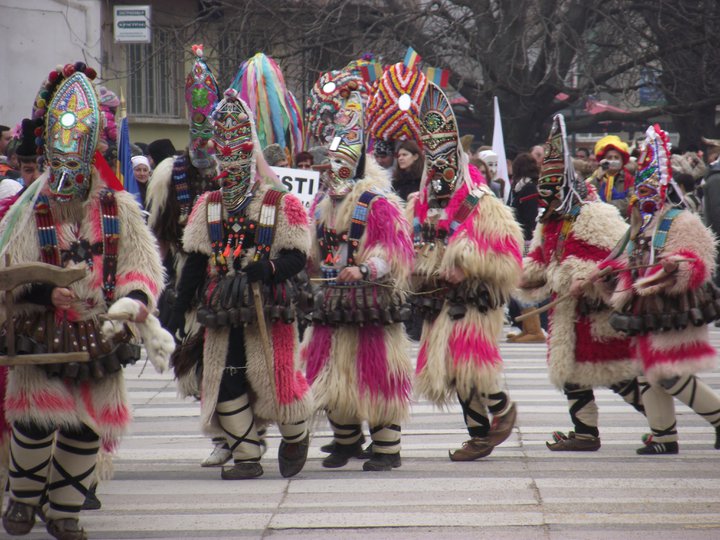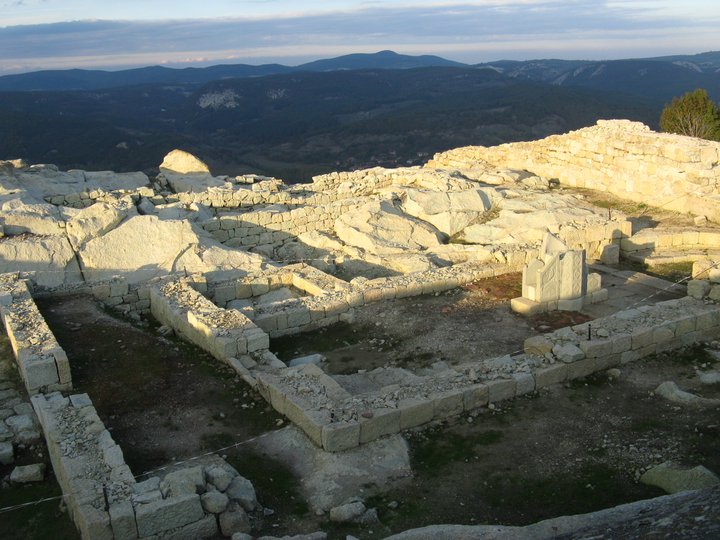Exiting Sights
»
»
Exiting Sights
Bulgaria is an exiting destinations to discover for people with different interests in the history and nature. Here is the list of all UNESCO sights in the country.
Under UNESCO protection
Kazanlak tomb The seven-meter mound next to the city of Kazanlak guards one of the most famous Thracian vaulted tomb. This is one of the first Bulgarian site in the Unesco list that made Thracian culture internationally famous.
Its architecture is typical for vaulted tombs: entrance, corridor and tomb chamber. What make it unique are the frescoes- the only ones fully preserved from that period. They are related to early Hellenic art of the 4th- 3rd centuries BC. The paintings are precise, the compositions are spatial, alive. The frescoes have documentary value as well- they tell us about the life of the buried ruler and through the painted architectural elements (friezes, cornices, plinths) we get an idea about his palace.
In front of our eyes a solemn procession of warriors, a burial ceremony, a chariot contest reveal. The most famous scene is the painting banquet: the Thracian leader and his beloved wife sit next to a richly set table. Facing each other they hold hands and their figures radiate contained drama and sorrow from the parting. Servants and slaves surround them.
Because of the special conditions of frescoes preservation, a copy of the tomb was build next to it, open for visiting.
Sveshtari tomb
The Tracian tomb near Sveshtari village, discovered in 1982 is considered to be the archeological sensation of the 20th century. This well preserved tomb is the only one decorated with caryatides and the only one that codes the astronomical knowledge of its century- 4th century BC.
The unique sculpt group of the erect women figures surrounding the tomb chamber is connected with the cult to the Great Goddness Mother, goddness of life and death. Perhaps they are the wives of the mourners of the Thracian ruler who perform a ritual dance. Their faces are different: young girls, mature and older women. They wear identical clothes: tight long dresses with belts and short elegant tunics.
There is no shortage of frescoes in the tomb- there is a scene of immortalization of the deceased ruler in front of the entrance. The Great Goddness offers him the wreath of immortality. On the day of the winter equinox a sunbeam infiltrated into the tomb, illuminating the ruler`s figure. The complex mathematic calculations and astronomical knowledge that Tracians used to achieve this effect are not only a demonstation of skills. They show also the Thracians believe in immortality and reincarnation. The soul travels to the Heaven on the sumbeam and every year on winter equinox comes back to the Earth.
Sveshtari tomb is a part of the historical- archeological preserve Sboryanovo with over one hundred Thracian mounds.
Madara rider
The west slope of Madara plateau is an imposing rock high nearly 100 meters. The naturak phenomenon with huge cave niche and multirle caves in the base and slopes has been considered holy since ancient times.
On one of the rock faces, 23 meters above the ground in the beginning of the 8th century unknown gifted scluptor cut a grant bas-relief: a rider on a horse, followed by a dog and an eagle a lion speared with shot. The bas-relief called Madara rider has no peer in the Bulgarian medivial art and symbolize the victory of a Bulgarian ruler. Around the figures can be seen three inscriptions from the time of Bulgarian Khans Tervel, Krumesis and Omurtag. These are the oldest Bulgarian inscriptions that establish the beginning of Bulgarian chronicle literature.
The bas-reliefe is a part of the National Historical Archeological Preserve Madara and it is situated near the old capitals of the country Plisa and Preslav.
Boyana curch
Located on the slopes of Vitosha mountain Boyana church is the only fully preserved Bulgarian medivial church. It is build for three centuries: from the 10th till 13th century.
The preserved trace of 10th century frescoes and the fragments of mural painting from 12th century are among the best examples of Byzamtine art in Bulgaria. In 1259 sevastokrator Kaloyan- the governor of Sredec district (nowadays Sofia) and cousin of Tsar Konstantin Assen Tih built two-storied family church-tomb on the west side. It is craftily connected to the older building in one ensemble. The building is made of stones and bricks. The fasades are stylish decorated with ceramics.
Preserved to modern days, the 1 259 frescoes are the most precious object in Boyana church. Along with Biblical scenes, images of Bulgarian saints, the royal couple Konstantin Tih and Ekaterina and the donors sevastokrator Kaloyan and Dessislava are painted. Their faces are expressive and remaind the secular portraits, the cloth are aslo presented in details.
Ivanovski rock churches
Ivanovski rock churches are cut into vertical limestome walls of the picturesque canyon of the Rusenski Lom river. Down here, on the green meadow the meanders of the river shine but up there are temples and cells in the rock approachable only rope and wooden stairs.
During the 12th-14th century a colony of Hesychasts settles this remote and god blessed place. They are followers ofthe religious-philosophical teaching Hesychasm and chooses the place for ascetic life and self-absorption. The monks turned the natural niches and caves into churches, shrines and monk cells. Today they number more than 300 and 40 of them have cult function. They are united by the big medivial monestery St. Archangel Michael.
Ivanovski rock churxhes are renowned for their unique frescos. They have been painted by unknown icon-painters and cover the walls with holy images and Evangelist scence. The frescoes are best preseved in the church Sveta Bogorodica ( St. Virgin Mary). The paintings are exquisite, the colours are bright
and saturated, the compositions are dynamic and the images are expressive. Mineral paints and the technique wet fresco are used so precisely that the time has not destroyed the frescos, despite the cave temples is open to the whims of the weathr.
Old Nessebar
The narrow streets crossing each other in a labyrinth, the beautiful wooden houses from the Revival period, the unique churches standing at every corner form the individuality of the Old town of Nessebar. The island-museum is only 300 m wide, 850 m long, but it keeps precise landmarks from all the ages of the cultural history of this Black sea region.
Rilski monastery
Rilski monastery is the most beautiful Bulgarian monastery which more then 10 centuries keeps the light of the Christian faith deep in Rila mountain. The history of the temple is connected to the name of the most venerated orthodox saint Ivan Rilski: the monastery was found in 10th century by the saint and his students.
Sacked several times, destroyed and burned, the monastery has been rebuilt time after time and the chime of the bells has never stopped. Today`s outlook of the monastery is from the 19th century- a work of the most talented biulders, painters and woodcutters of that time. The church St. Virgin Mary that belongs of the complex is an unique monument of Bulgaria Revival architecture and art. The marvelous woodcut iconostasis and frescoes that cover the walls, the domes, and the galleries are done by artists of Bansko and Samokov artistic shcools. Rilski monastery had been a monument of the Bulgarian spirituality, a centre of culture and education during the period of the Revival. There are over 1 000 manuscripts and old printed books in the library.
Srebarna lake
The name of the lake Srebarna (engl. silver) comes from the silverly surface of the water and the moonlight over it. The tranquility and the silence are only illusion because the lake and the small islands overgrown with reed ade in fact full of life. The area of the lake, situated 2 km from Danube river is a bioshere preserve. For many centuries this place has sheltered a multitude of birds because it lies on the main bird highway Via Pontica that goes from north Europe to central Africa. Some of the birds come here to nest, other stop to rest on their long way to the warm lands and the rest are permanent dwellers. One of the most exotic representatives of the bird world are the little cormorant, ibises, herons, geese, pelicans, especially Pelecanus crispus. This is one of the four places in Europe where this kind of pelican can be observed. Here live as well water mouses, turtles, lake crabs, grass and water snakes.
There is a Natural Science Museum in the preserve.
Pirin mountain
Glorified in a lot of folk songs and legends, Pirin has always been a symbol of the proud Bulgarian spirit. Today part of the mountain is protected and included in th National park Pirin. The mountain is unique with its ecosystems and landscapes.
High and sharp peaks covered with snow during most of the year reach for the clouds. The sky is reflected in the cristal Pirin eyes, as they cal the lakes here, in the icy steams and waterfalls.
One of the oldest trees in the country, Baykusheva Mura (fit) at 1 300 years, is exactly here.
There are over a hundred rare palnts in the park. Deers, wolves, boars, wild cats and squirrels are among the most interesting animals that dwell here.


